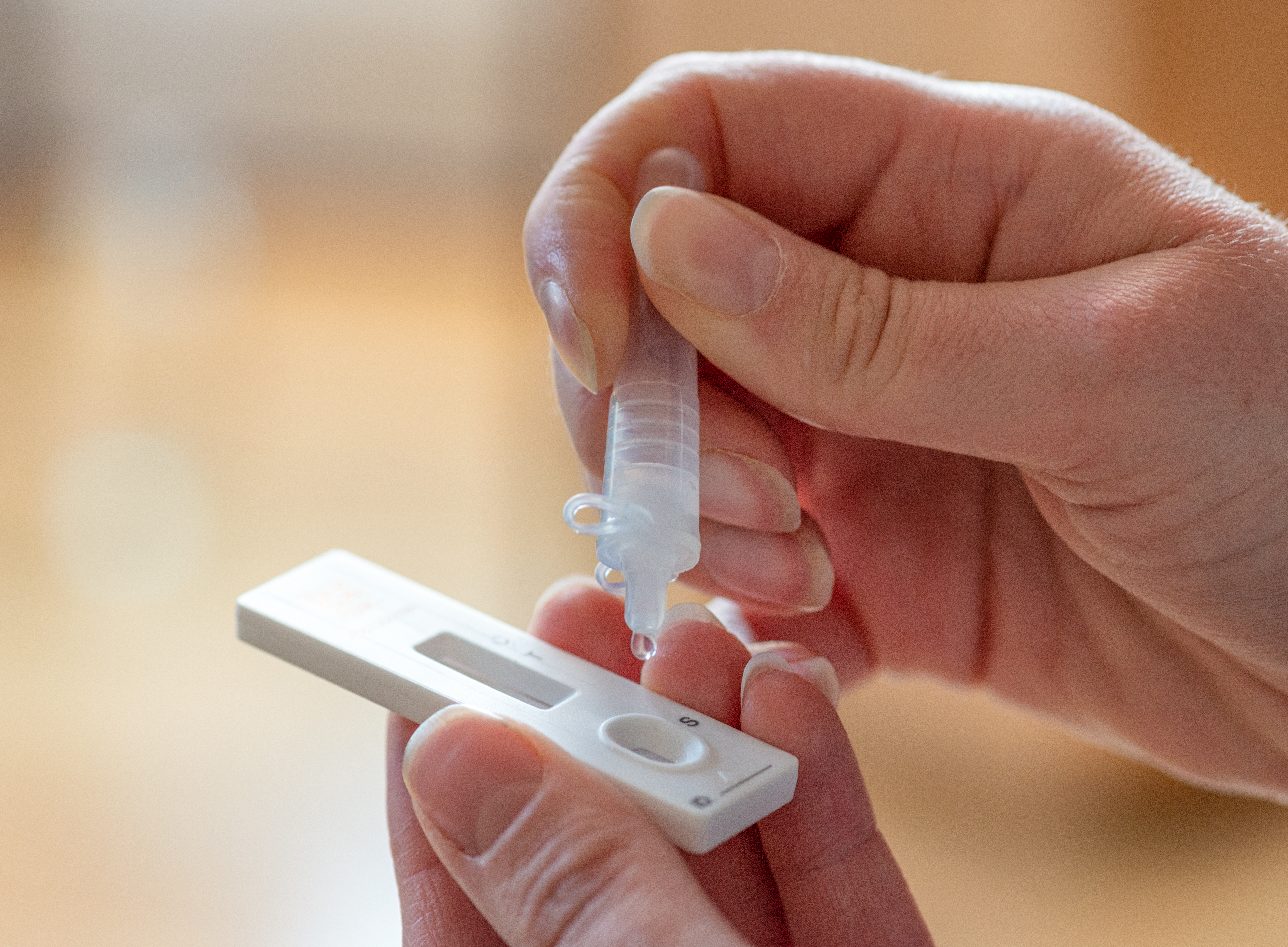
Regular COVID-19 testing is a vital tool in stopping the spread of the virus, but keeping students engaged can be challenging. We invited schools and colleges with high numbers of students testing and reporting results to share their ideas on how to keep students testing.
1. Reminders, reminders, reminders
It sounds so simple and so obvious but giving our students regular and routine reminders has been vital in keeping them engaged and actively testing.
As students often forget to test and don’t always check their emails, we found texting is a much more effective reminder. At Grantham College we use GOV.UK Notify to set up regular reminders for collecting test kits and reporting results, which is free and easy to use.
Kirsty McGauley, HR and Payroll Advisor at Grantham College
We send students a text message every Sunday and Wednesday evening alongside Monday and Thursday morning to remind them to test. As we upload all testing results to an automated form, we can easily send follow-up texts on Monday/Thursday afternoon to anyone who hasn’t reported their results. We put stickers on each kit set, to remind students to forward us their NHS result email so we know their results are logged into the NHS as well as on our database.
Charles Bartholomew, Director at LIPA Sixth Form College
2. Follow up with students who aren’t testing
Keeping a clear record of who has or hasn’t tested has enabled us to follow up with our students who aren’t engaged in testing and address any issues. From here we can encourage testing by sending reminders to either parents or students and sometimes even getting them to test in school. We encourage testing with positive reinforcement and have seen amazing results, this also enables us to act on each student’s needs whilst keeping our school community safe.
Jan Balon, Headteacher, London Academy of Excellence Tottenham
We ask our tutors to check whether students have tested on a regular basis. It only takes a few minutes to do and enables us to continuously engage with our students, help them understand why they should test and encourage those who aren’t to do so.
Donna Donlon, Director of Finance and Operations, Luton Sixth Form College
3. Consider providing ongoing on-site testing if needed
We follow up with emails and calls for anyone our records show isn’t testing. Alongside this we encourage students to test themselves in school if they are failing to regularly test at home. Testing is voluntary but many of our students are happier to test in school
Carole Moss, Headteacher, Northstowe Secondary College
While we experienced a peak in cases, tests were offered daily on-site to help safely deal with the situation. This helped identify as many cases as possible in the college. Now positive cases have started to decrease, we’ve retained on-site testing. This is really useful to encourage students who are not testing at home and also helps all our students, staff and the wider community feel safer.
Anesta McCullagh, Principal at Engineering UTC Northern Lincolnshire
4. Keep talking to parents
We communicate regularly with parents through weekly emails - reminding them of the importance of testing and thanking them for their support in keeping the school community safe. In our parent communications, we try to make the testing and reporting processes clear and simple, making it as easy as possible for all our students to follow through with testing.
Sarah Vincent, Administration Manager COVID-19 Coordinator, Gordano School
Access support and resources to encourage students to test
Twice weekly rapid COVID-19 testing remains a vital tool in keeping the virus under control. Help families in your school or college community understand how to take and report lateral flow tests at home - this information has been translated into many languages.
To help encourage students to continue to test at home, please see our resources on Coronavirus Resource centre and our Tips to encourage pupils and students to test regularly, FAQs, letter templates, training, leaflets and posters.
Settings wanting to stand up a larger on-site testing facility should notify their Director of Public Health and work with them to understand how this can be implemented.